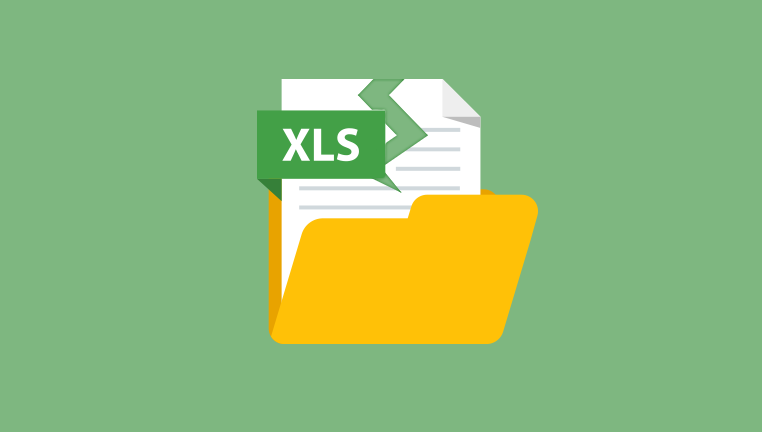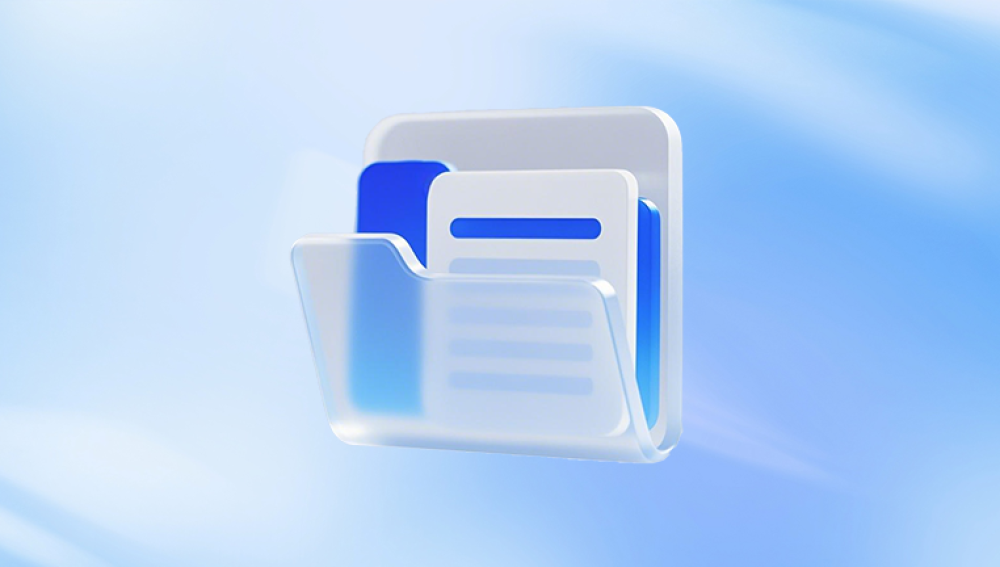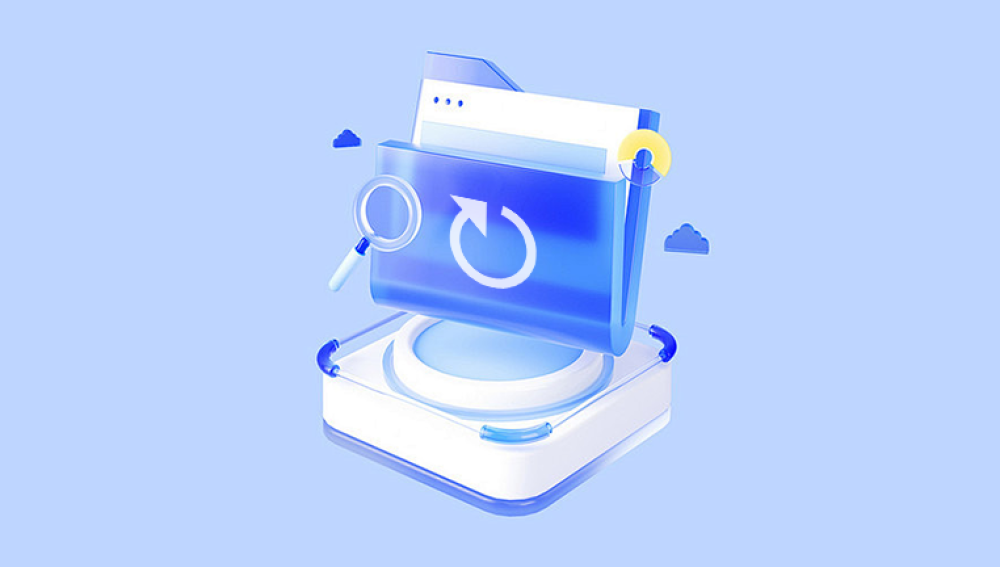Microsoft Excel is one of the most widely used tools for managing data, from small personal budgets to large-scale corporate reports. However, Excel files can sometimes become corrupted, preventing you from opening them or causing the data inside to become unreadable. Losing access to a crucial spreadsheet can be stressful and disrupt your work or personal projects.
Unexpected shutdowns: Power outages or forced shutdowns while saving a file can cause incomplete writes, leading to corruption.
Software crashes: If Excel or your computer crashes while the file is open, the file may become corrupted.
Malware or viruses: Harmful software can infect or damage Excel files.
Storage device issues: Bad sectors on hard drives, USB drive failures, or faulty memory can corrupt files.
File transfer errors: Interruptions or errors during copying or moving files across networks or devices can damage files.
Large or complex files: Files with many formulas, macros, or embedded objects are more vulnerable to corruption.

Compatibility issues: Opening files created in newer versions of Excel with older versions or incompatible software may cause problems.
Signs That Your Excel File Is Corrupted
Common symptoms of corruption include:
Excel shows an error message such as “Excel cannot open the file,” or “The file is corrupted and cannot be opened.”
The file opens but data appears scrambled, missing, or jumbled.
Excel crashes or freezes when opening the file.
The file won’t open at all.
Worksheets or data disappear or show up as blank.
Error messages when attempting to save changes.
Very slow performance when trying to open or work with the file.
Recognizing these symptoms early helps you act quickly before further damage occurs.
Basic Methods to Repair a Corrupted Excel File
Microsoft Excel has some built-in tools and features that can help repair corrupted files. These should be your first line of defense.
1. Use Excel’s Built-in Open and Repair Tool
Excel provides a straightforward “Open and Repair” option that attempts to fix corrupted files automatically.
Here’s how to use it:
Open Excel (without opening the corrupted file directly).
Click “File,” then “Open.”
Browse to the corrupted file location.
Click the file once to select it.
Instead of clicking “Open,” click the small arrow next to the “Open” button.
Select “Open and Repair” from the dropdown menu.
Choose “Repair” when prompted to let Excel try to fix the file.
If Repair fails, choose “Extract Data” to salvage any recoverable information.
This method works well for minor corruptions and is quick and easy to try first.
2. Recover from AutoRecover or Temporary Files
If Excel crashed or the computer shut down unexpectedly, AutoRecover might have saved a backup version:
Restart Excel and check if the Document Recovery pane appears.
Look for unsaved versions of your file.
If you don’t see the pane, check the default AutoRecover file location:
On Windows, this might be: C:\Users\[YourName]\AppData\Local\Microsoft\Office\UnsavedFiles
On Mac, search for AutoRecovery files in ~/Library/Application Support/Microsoft/Office/OfficeVersion#
You can also look for temporary files with extensions like .tmp or .asd in those folders.
Recovering from these can save recent changes if the original file is too damaged.
3. Try Opening in Another Application
Sometimes other spreadsheet applications can open corrupted Excel files when Excel itself cannot.
Try opening the file with LibreOffice Calc, Google Sheets, or WPS Office.
If these programs open the file, you can export or save a fresh copy in a new Excel format.
This method can be hit or miss depending on the extent of corruption and Excel features used.
Intermediate Techniques to Recover Excel Data
If basic methods don’t work, the next step is to try more hands-on approaches to salvage data.
4. Copy Data to a New Workbook
If you can open the file partially or see some content:
Open the corrupted Excel file.
Create a new blank workbook.
Copy the visible or accessible data from the corrupted file to the new workbook.
Copy individual sheets if needed rather than the whole workbook.
Save the new file with a different name.
This process can help isolate problematic sheets or content causing the corruption.
Be cautious when copying formulas or macros, as these might reference damaged parts.
5. Save the File in a Different Format
Try saving the corrupted file as another file type to bypass some corruption.
Open the file if possible.
Choose “File” > “Save As.”
Save as CSV, HTML, or XML format.
Close Excel and reopen the new file.
Save it back to Excel (.xlsx) format.
This method strips some features but can recover raw data.
Advanced Repair Methods
When the file is seriously corrupted, more advanced solutions may be necessary.
6. Use Third-Party Excel Repair Software
Panda Repair
Panda Repair is a reliable software tool designed to help recover and repair corrupted Excel files efficiently. Excel files can become corrupted for many reasons, such as sudden power outages, software crashes, virus attacks, or storage device issues. When this happens, accessing your important data can become difficult or impossible. Panda Repair aims to restore these files quickly without requiring complex manual steps.
The program supports common Excel formats, including XLS and XLSX, and focuses on recovering various elements of a spreadsheet like cell data, formulas, charts, tables, and formatting. It works by scanning the corrupted file to identify damaged parts and then reconstructs the file structure to salvage as much data as possible.
One key advantage of Panda Repair is its user-friendly interface. Even users with little technical expertise can use the tool by simply selecting the corrupted Excel file, initiating the repair process, and previewing the recovered file. The software operates on a copy of the original file, ensuring the original data remains untouched during recovery attempts.
7. Manual XML Repair (for Experts)
Excel files in the modern .xlsx format are actually ZIP archives containing XML files.
Rename your corrupted file extension from .xlsx to .zip.
Extract the ZIP contents.
Navigate to the xl folder which contains sheets and other components in XML.
Open XML files in a text editor.
Look for obvious errors such as incomplete tags or strange characters.
Fix these manually or remove problematic parts.
Re-zip the folder contents, and rename back to .xlsx.
This method requires familiarity with XML and can be risky, but it sometimes recovers files that no other method can.
Preventing Future Excel File Corruption
Prevention is always better than cure. Some best practices to keep your Excel files safe include:
Save often and back up your work: Enable AutoSave if you use OneDrive or SharePoint. Regularly back up files to an external drive or cloud storage.
Avoid abrupt shutdowns: Always close Excel properly before shutting down your computer.
Use reliable storage devices: Avoid using cheap or aging USB sticks or hard drives prone to failure.
Keep software updated: Regularly update Excel and your operating system to patch bugs and vulnerabilities.
Scan for malware regularly: Protect your system with antivirus software and avoid opening suspicious files.
Keep Excel files simple: Split large files or complex workbooks into smaller ones. Avoid unnecessary formulas or embedded objects.
Avoid multiple users editing a file simultaneously without proper sharing tools: This can cause file conflicts and corruption.
When Recovery May Not Be Possible
In some cases, Excel file damage is beyond repair. Situations such as physical hard drive failure, overwritten data, or extremely corrupted headers can prevent any recovery. If your file contains critical data, professional data recovery services may be an option, though costs and success rates vary.
Dealing with a corrupted Excel file can be frustrating, but many repair options exist, from simple built-in tools to specialized software and advanced manual methods. Start with the easiest methods like Excel’s “Open and Repair,” then move to backups, alternate software, or third-party tools if needed. Protect your work by backing up regularly and following best practices to minimize future risks.




